A common question I get from new cider maker’s about making sweet or semi-sweet cider is “how do I stop fermentation of my cider?” This question is generally asked for two reasons. The first is to stop active fermentation early to keep a cider sweet before it ferments all the way dry. The second is to stop future fermentation so the cider can be back sweetened without the chance of refermentation.
This seemingly simple question is more difficult than one would expect and requires some additional information to answer. See, to stop fermentation of cider, the yeast needs to removed from the cider, inhibited and or killed.
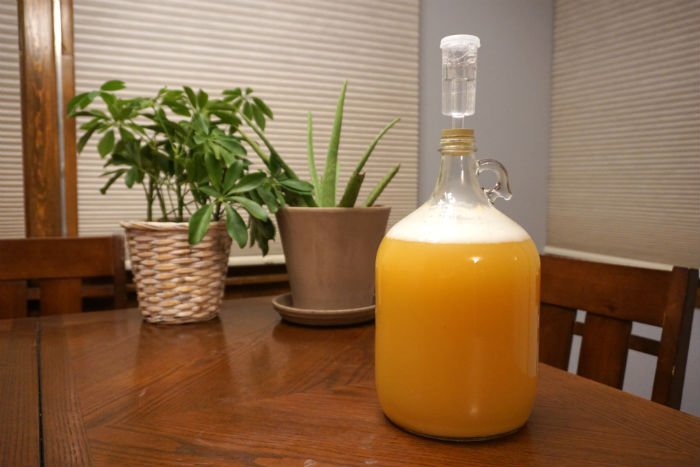
The first scenario, stopping active fermentation, is difficult because a robust active yeast can be hard to kill with anything that is safe to drink. Filtering can be a possible solution but for the home cider maker, it is probably out of reach.
This leads to the second scenario, and preferred method, where the cider is fermented dry and then back sweetened. This method achieves the same back sweeten taste, without the hassle of trying to halt active fermentation.
One additional method for stopping fermentation to achieve a naturally sweet hard cider can be achieved by using a technique called keeving. A keeved cider is when the juice becomes nutrient deficient and fermentation naturally stalls, usually due to a lack of nitrogen. The traditional technique often used in French cider making is fascinating but will definitely require an article of its own!
How to stop fermentation to back sweeten hard cider:
While stopping active fermentation is difficult, especially for the home cider maker, it is easy to inhibit future fermentation of cider once the yeast has become inactive. By inactive, I mean that the yeast has eaten all of the available sugars such as when the cider has been fermented to dry. At this point, the yeast become inactive since they do not have a food source.
At this point, future fermentation can be inhibited by using a mix of campden and potassium sorbate to stabilize the hard cider. This method is common practice in the wine industry for making sweet wine and increasingly popular in commercial cider making.
Steps to kill yeast in cider:
- Cold crash the cider
- Rack the cider
- Add Campden tablets
- Add Potassium Sorbate
Cold crash the hard cider
The first step to this process is to thoroughly cold crash the cider for a couple of days. This will allow a large portion of the yeast to settle to the bottom which can then be racked without transferring large amounts of yeast. Minimizing the amount of yeast in the hard cider will make it easier to stabilize.
With the bulk of the yeast removed, the next step is to use Campden and Sorbates to manage the remaining yeast.
Stabilizing cider with campden and potassium sorbate:
Adding campden and sorbate to cider together is an effective way to stop any further fermentation when back sweetening with a fermentable sugar. While many suggest both will work independently, the use of both will diminish yeast activity through attrition more effectively together.
A common misconception is that campden, AKA potassium metabisulfite, will kill the yeast. This is not totally true. Campden releases sulfites, or SO2, into the cider which stuns and weakens the yeast. The campden may kill off some weaker yeast but mainly puts them into dormancy. Once the sulfites naturally work their way out of the cider, there may be a few live yeast cells capable of reproducing. This is where the potassium sorbate comes in.
Potassium sorbate is a common preservative that renders yeast incapable of reproducing. Like campden, sorbate will not kill actively fermenting yeast, but once any surviving yeast dies off, the cider will be free of living yeast. Potassium sorbate will also protect the hard cider from oxidation and preserve the freshness.
How much campden and sorbate to add?
I follow the manufacturer’s recommendations that are found on the package. I generally use LD Carlson and they suggest the following:
Campden: 1 tablet per gallon
Potassium Sorbate: ½ tsp. per gallon
What about carbonation?
Of course, this method will retard all yeast so natural carbonation will no longer be possible. If you would like to back sweeten and carbonate your cider, you will have to look into force carbonating or kegging.


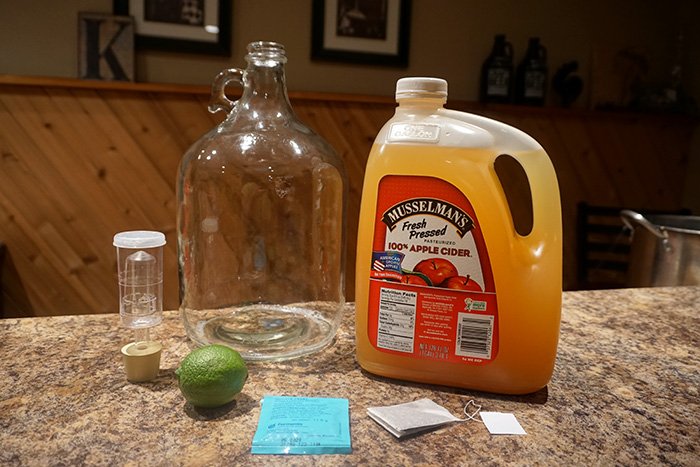
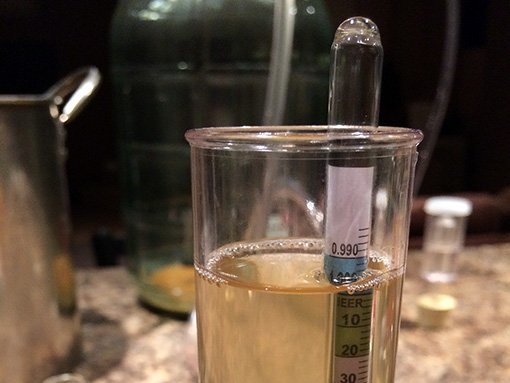
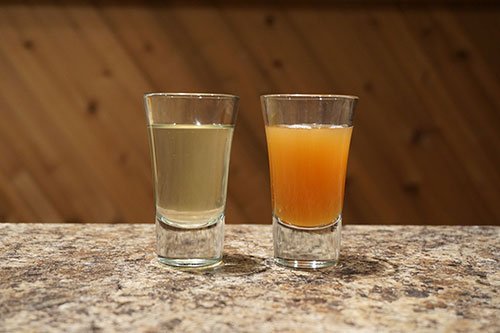
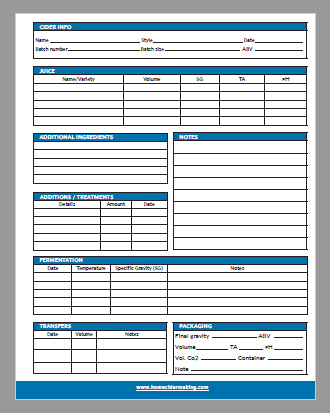
Can you use Sodium Metabisulfite as a substitute for KMS
Absolutely, they will both release sulfur dioxide into the cider to achieve the same result. But, I would definitely consult the manufacturer’s recommendation for dosing to make sure the concentration is consistent.
I saw a video on YouTube where they pasteurized at 180 degrees for 10 minutes. The vid describes back sweetening and then pasteurizing once the level of carbonation you want is achieved but there are still some sugars present – usually around the 3-4 day mark. Would this method be viable?
I tried this the first time I made cider and have two cracking imprints of bottle tops on the ceiling of my kitchen. Timing is everything with that method.
Can you add the campden and sorbate right to the primary after cold crashing?
Or is it recommended to rack the cider to a keg before adding the campden and sorbate?
If you recommend racking to the keg, do you have to wait a specified amount of time before back sweetening?
It would be best to rack the cider first so you remove as much of the yeast as possible. I wait a day or two after adding campden and sorbate before backsweetening and then a few more days before kegging/bottling. Packaging right after adding campden can result in a sulphur smell.
At SG 1012 (for semi-dry cider):
Day 1 morning: cold crushing (2-5C)
Day 1 evening: racking and cold crushing
Day 2 morning: racking and cold crushing
Day 2 evening: racking, rough filtering, cold crushing
Day 3 evening: fine filtering for optical clarity
Day 4-30: maturing with oakchips at 5-8C
Enjoy Your own best ever cider:)
I add lactose along with a dose of corn sugar to a small amount of boiled cider and mix with my fully fermented hard cider at bottling time. Since the lactose is non-fermentable, it allows a level of sweetness and the cider gets carbonated by the corn sugar.
I am on my 10th batch in as many years, using cider, sugar, maple syrup and yeast mostly. I try to get the cider to 200 degrees but am thinking 180 – 190 from what I’m seeing. I ferment out to near stop, 3 weeks to a month, racking two or three times to clear it out. I am experimenting with adding sugar to the bottles to get carbonation but it seems it takes two years or more to get nice bubbles. I have tried corn sugar to sweeten but most people seem to like the basic hard cider. I believe I get about 12 – 14 percent.
I press and filter apple juice and then heat it to 180 degrees for 15 minutes.
I tranfer to gallon jugs with oxygen locks where it actively ferments for about 3 weeks. At that time, it is still a little sweet and carbonated – just the way I like it, but I believe fermentation is still going on.
It like to bottle it and share with friends without unexpected explosions when they open my gift.
Is there anything I can do to keep the taste and carbonation without generating more gas?